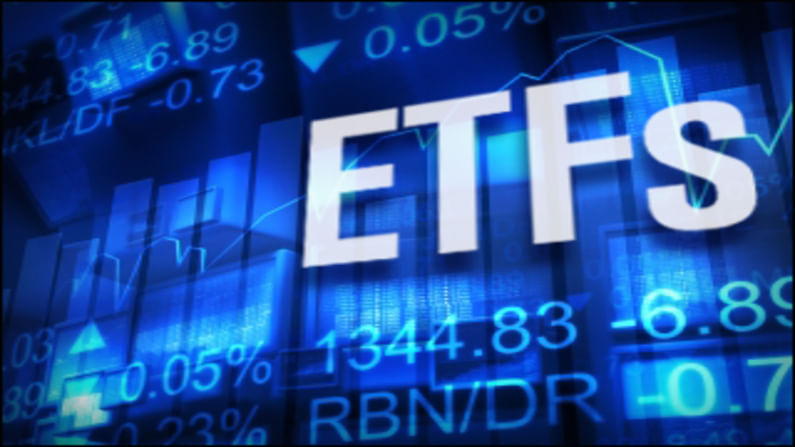Investing in ETFs? Don't overlook these risks
ETFs distinct feature combined with the lowest expense ratio and liquidity is a key unique selling point that makes it popular

If there is a set of wealth creation assets that witnessed demand during the pandemic, it is Exchange Traded Funds or ETFs. While, ETFs are not new for investors, their distinct features combined with the lowest expense ratio and liquidity are key unique selling points that make it popular, especially with risk-averse investors.
Today, ETFs provide investors with a low-cost way to obtain exposure to the stock market. They provide liquidity and real-time settlement as they are listed on exchange and trade similar to stocks. ETFs are a low-risk investment since they mirror a stock index, providing diversity compared to investing in company stock.
That said, as an investor, you are allowed greater flexibility with access to a variety of other investment strategies, such as commodities and international equities through ETFs. On the flipside, they are not ideal for every investor as they are associated with certain risks.
Further choosing the appropriate ETF demands a higher level of financial market knowledge than most ordinary investors possess. Thus, a degree of hands-on understanding is required to manage your ETF assets as they inherit the features of both mutual funds as well as stocks.
Let’s take a look at various risks the ETFs are linked with:
Being a part of passive investment, the ETFs have the lowest expense ratios and are seen as being less risky than actively managed funds. However, a few factors can affect the performance of a passive fund, particularly in an expanding market like India.
Risk of concentration
Both the NSE Nifty and the S&P BSE Sensex are broad market-cap weighted indices. In other words, a stock with a larger capitalisation has a proportionately higher weight in these indices. This results in a fund that replicates the index having a higher concentration of a few stocks. The risk of concentration increases in a market where only a few stocks drive the rally.
Tracking error
The tracking error is the difference between an index’s returns and the fund that tracks it. That said, a greater tracking error indicates that the fund is not completely replicating the index due to higher cash or expense ratios or a different equity allocation. This puts the ETFs at risk of diverting from their purpose.
Put simply, when selling products, ETF providers frequently refer to historical index returns. In actuality, investors should not anticipate receiving the same returns as the index due to a range of factors such as the fund’s total expense ratio (TER), trade execution expenses, management fees, foreign currency rate volatility, and rebalancing costs.
Liquidity
Liquidity can be a concern with ETFs, as they can only be purchased and sold on exchanges. You would only be able to sell if there is sufficient demand, which is not always the case as liquidity is a concern for ETFs. Additionally, ETFs may trade at a discount or a premium to their net asset values (NAVs), depending on the exchange’s demand for the ETF.
What should investors do?
One strategy to avoid concentration risk is to invest in passive funds that track equal-weighted indices, in which each stock has the same weight. Your risk tolerance and expected return determine how you allocate your portfolio between active and passive funds. If you are unable to decide on your own, see a financial planner.